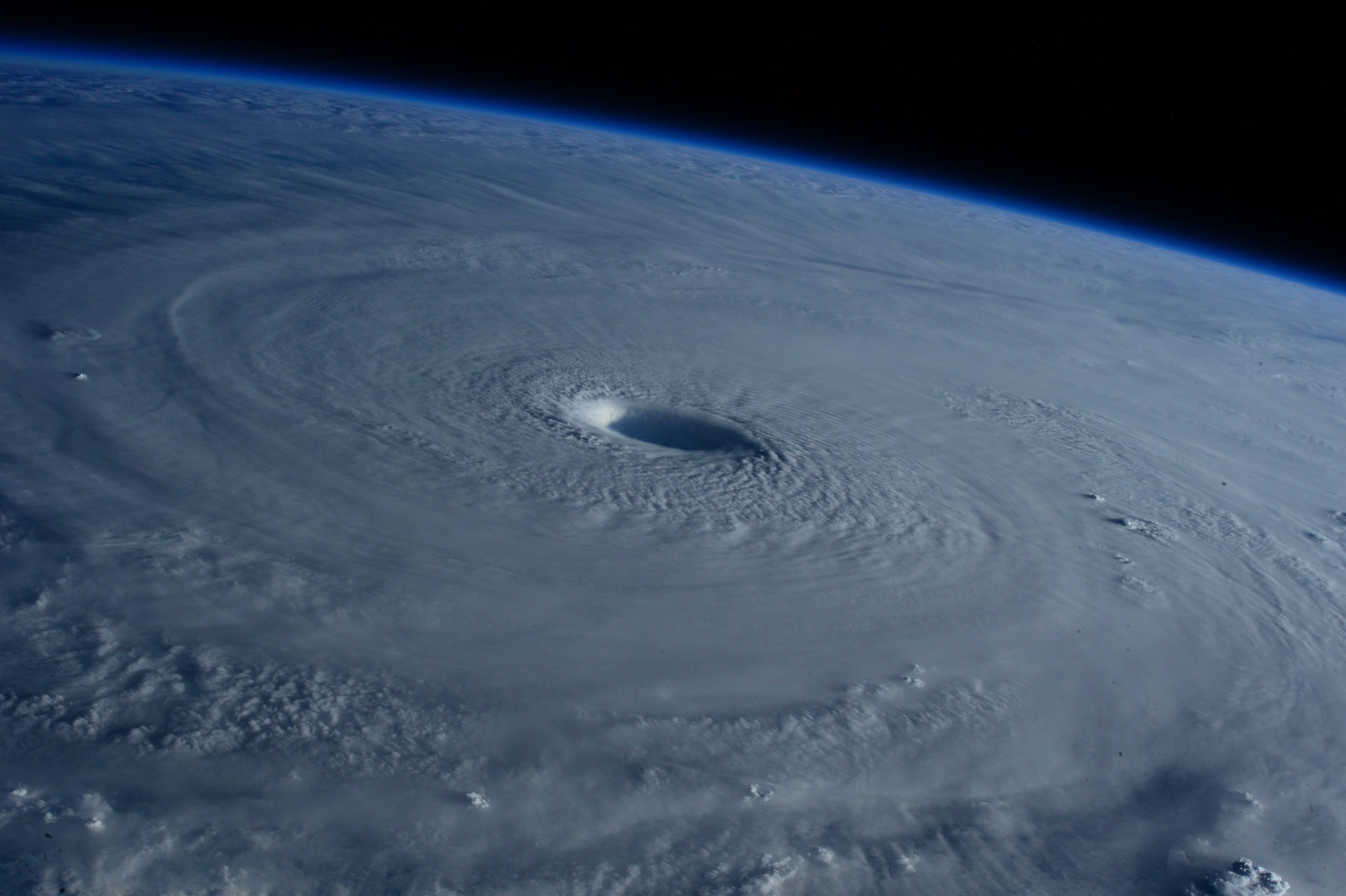Katrina, Harvey, Laura, Ida… it’s hurricane season and judging by the unrelenting heat many of us across the nation and in Europe are experiencing, it’s easy to fear that this year will produce some strong storms. When Hurricane Laura slammed ashore along the Gulf Coast in 2020, experts said Louisiana had not witnessed a storm of that intensity since 1856. The wind speed at landfall was greater than Hurricane Katrina’s in 2005 as it barreled into New Orleans. Roughly 500,000 Texans and Louisianans were without electric power following this recent storm. Here in Texas many petrochemical facilities, ports, and refineries closed in extreme caution.

As Louisiana Gov. John Bel Edwards said, “There will be parts of Lake Charles underwater that no living human being has ever seen before.” There is no denying that storms are getting stronger and larger, and communities across the nation are becoming more vulnerable to natural disasters. We have seen more intense flooding, droughts, hurricanes, wildfires; the list goes on. As these events strengthen, the ecosystems on which we depend weaken. The National Oceanic and Atmospheric Administration (NOAA) states as of 2016 approximately 40% of the nation’s population call coastal counties home. This is equal to 127 million people. So, the question is, how do we become more resilient?
Building Codes:
According to the Insurance Institute for Business & Home Safety (IBHS), minimum improvements over base building code can help homeowners lower the overall cost of their community’s recovery after a disaster. Studies show every $1 spent on disaster mitigation saves $4 in community disaster recovery expenses. This is huge! If local governments and cities adopt more current and stronger building codes some of the damage to homes and cities can be averted. Building codes have greatly improved resilience against disasters and set minimum requirements to protect life. In addition, they increase passive survivability, which is a building’s ability to maintain critical life-support conditions in the event of extended loss of power, heating fuel, or water.
It’s important to focus on efficiency and resiliency of the grid and homes during normal conditions as well. Inadequate and inefficient buildings put unnecessary stress on the grid. In the United States residential and commercial buildings are responsible for roughly 40% of the nation’s energy use. On the ERCOT grid, which manages the flow of energy to 90% of Texans, residential load is the largest culprit of peak demand, mostly due to aging structures built prior to codes being implemented. These homes leak air and waste a lot of energy — reducing that demand is crucial for the reliability of the system. Since 2007 energy efficiency has saved over 3900 MW (or 1.8 million homes) in peak demand.
Distributed Energy Resources:
As more storms and stronger hurricanes occur, more damage to power lines occurs, often bringing down transformers. To some extent this could be avoided and help keep the lights (and AC) on with distributed energy resources (DERs), such as energy storage, rooftop and community solar, batteries, and electric vehicles. These are considered local sources of electricity that are easily and quickly dispatchable. DERs have the ability to increase the grid’s resilience, especially during natural disasters, by ensuring there is enough electricity or back up electricity provided by batteries or EVs. DERs also have the potential to reduce demand which in turn negates the need for costly plant construction while alleviating the strain on the transmission system. They can defer or ultimately replace the need for infrastructure upgrades at the local level through non- wire alternatives (NWA) like energy efficiency and distributed generation. These are important resources as they can help power a home when disaster strikes, but also create jobs, build stability for our aging grid, and produce energy with less pollution.
Recovery & Emergency Response:
With the exception of pandemic times, shelters and evacuation centers are typically part of any natural disaster. Resources such as DERs have a role in resilience and recovery plans because they can operate independently. Imagine being able to provide power to your home or emergency response centers during these times.
Electric Vehicles:
As the cost of EVs continue to decrease and as more charging stations are installed, the adoption of electric vehicles is rising. In fact, electric vehicles hit 5% of new cars sales in the United States in the second quarter of 2022. EVs are an efficient alternative to petroleum-based powered vehicles, producing zero emissions. Yet, they also have a place for recovery and resilience during disasters. For example, the Nissan LEAF enables EVs to share the energy stored in their batteries with homes, buildings and communities. Consider what would happen if the majority of government and utility fleets operate on gas and the state or city’s primary fuel supply is disrupted by the storm. Integrating EVs into an emergency operation plan can help ensure that emergency and recovery vehicles can operate as usual.
Mother Nature is a strong and powerful force to reckon with, but we can and should take action to be better prepared in the face of natural disasters that are only increasing and build a more resilient future. In being resilient, we can also become more efficient and create jobs to stimulate local economies. Our homes and offices can be built to the highest standards, giving them the ability to withstand strong storms and hurricanes, while providing better indoor air quality. Let’s strive for resilience, strengthening our ability to protect, mitigate and recover from severe storms and create a more sustainable community.